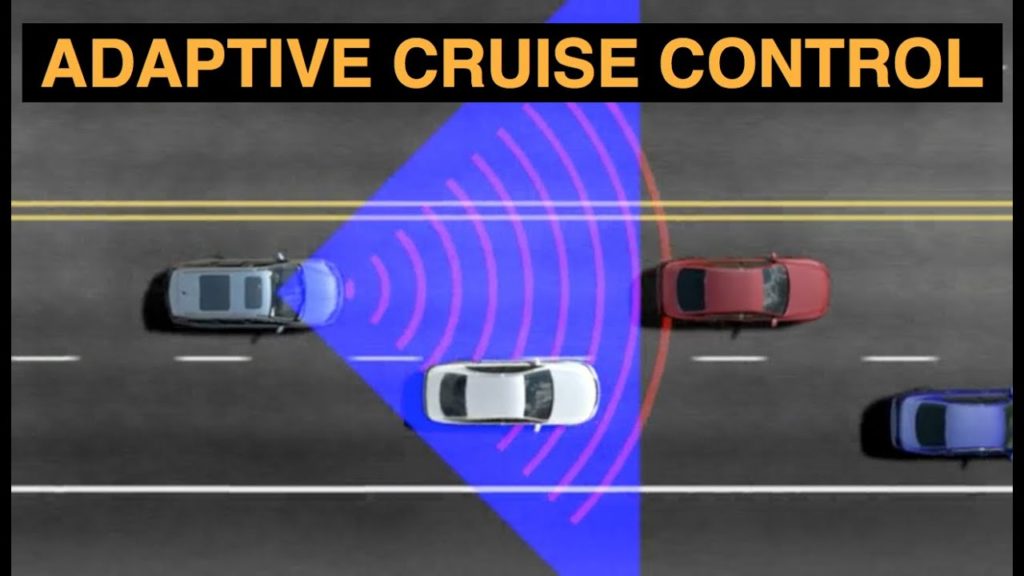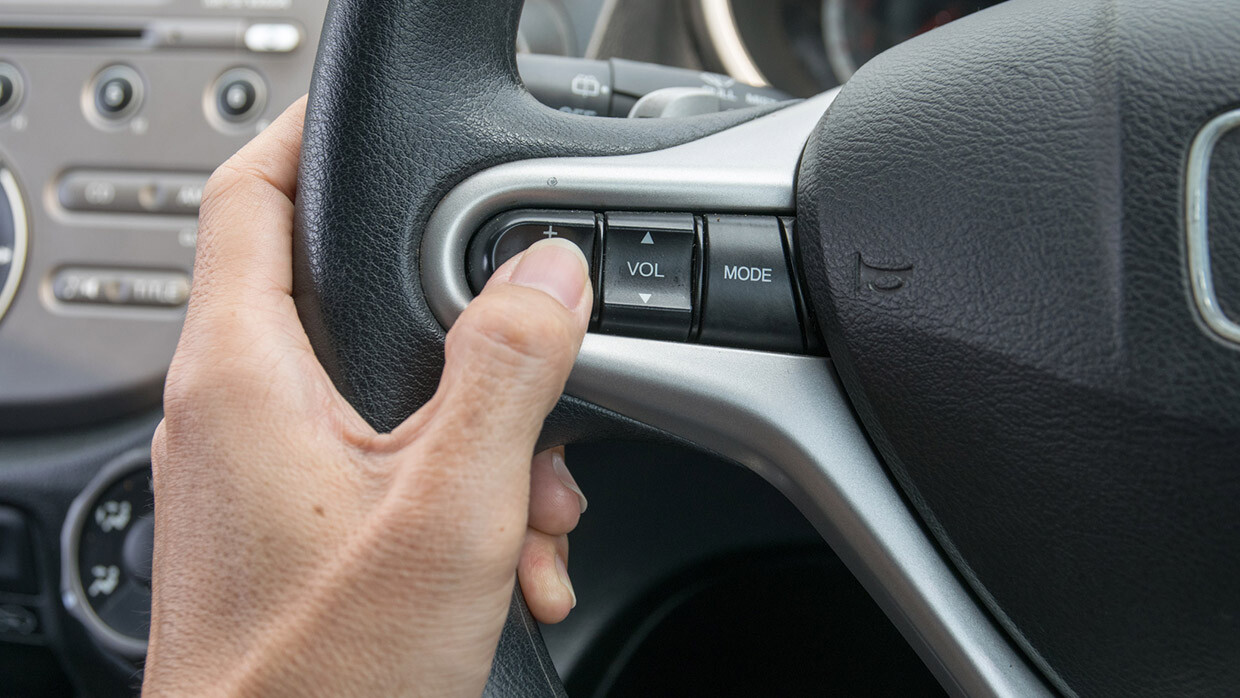Open loop vs closed loop control systems with Xcos simulations
Table Of Content

Driving while fatigued is never a good idea, but even less so while using cruise control. Utilizing the system may add to your fatigue, as you give your vehicle more control of the journey. If you’re even the least bit tired, you should never turn on cruise control.
The Future of Cruise Control Technology
Moreover, it can aid in preventing speeding and improving fuel efficiency by minimizing unnecessary acceleration and braking. Stop-and-Go Cruise Control is an advanced form of speed control, Unlike other types of cruise controle systems. It can maintain a safe distance from the vehicle ahead, even in stop-and-go traffic. This type of cruise controle is designed to help drivers reduce stress and fatigue when driving in heavy traffic conditions. The system uses sensors and cameras to detect the distance and speed of the vehicle ahead.
Ford Adaptive Cruise Control Rated Poor By IIHS - Ford Authority
Ford Adaptive Cruise Control Rated Poor By IIHS.
Posted: Wed, 13 Mar 2024 07:00:00 GMT [source]
How Does Cruise Control Function?
It uses GPS and map data to see into the future and predict what's coming up on the road, like hills or curves, and adjusts your speed accordingly. This means you get a smoother ride and better fuel efficiency, but it all depends on the quality of the GPS and map data. If that's a bit out of date, your fortune-telling cruise control might not be so accurate. It's usually found in more high-end vehicles where top-notch fuel efficiency is a focus for the engineers.

Buying a car
As autonomous vehicles become more sophisticated, cruise control technology is evolving to support higher levels of automation. For example, some autonomous vehicles are equipped with advanced cruise control systems that can navigate complex traffic scenarios, merge onto highways, and even change lanes autonomously. By maintaining a steady speed, it reduces the likelihood of erratic driving behavior and potential accidents.
One of the main advantages of using cruise control is improved fuel efficiency. By maintaining a constant speed, cruise control helps reduce fuel consumption, leading to better gas mileage. Rapid acceleration and deceleration, on the other hand, can lead to increased fuel consumption. Predictive Cruise Control is like the fortune teller of cruise control systems.
Speed Limiter
Instead of engine torque as an input we are going to use the traction force. This is a valid approach since the traction force applied at the wheel is directly proportional with the engine torque. In order to simulate an open loop and a closed loop control system and to analyze the behavior of the vehicle for a given input and disturbance, we’ll need to model it mathematically. In an open loop control system the input (control action) doesn’t depend on the output of the system. Regardless of how the system behaves, the input signal is independent of the system’s response.
Increases reaction time when you need to be quick
Picture it like a synchronized dance on the highway, where every car knows its place and keeps the right distance. Driving on long stretches of highway can be tiring, especially when trying to maintain a constant speed. Cruise control alleviates this by allowing drivers to set and maintain a desired speed without continuous use of the accelerator pedal. Understanding how cruise control functions can help drivers make the most of this convenient feature. The positive road gradient causes an additional opposing force on the vehicle which should cause vehicle slowdown. The cruise control function reads the current vehicle speed and increases the engine torque in order to compensate for the road gradient.

The invention of cruise control can be traced back to the late 1940s and early 1950s, when engineer Ralph Teetor developed the first-speed control system. This innovative feature was designed to help drivers maintain a steady speed, reduce fatigue while driving, and improve fuel efficiency. Over the years, cruise control technology has undergone significant advancements, leading to the development of sophisticated systems like adaptive cruise control.
AAA reminds people to avoid cruise control during rainy weather - - CBS19 News
AAA reminds people to avoid cruise control during rainy weather -.
Posted: Mon, 15 Jan 2024 08:00:00 GMT [source]
” mapfreinsurance.com/blog/how-does-cruise-control-in-cars-work (accessed July 11, 2023). Let’s analyze what is happening with our system for different conditions of input and disturbance. The output can be affected also by some disturbances which interact with the system. Read honest, impartial & up-to date information about everything cars – latest news, car reviews, buying & selling advice, car-care tips & more at Spinny Post.
Cruise-control is a feature found in some vehicles that allows the driver to maintain a constant speed without needing to keep their foot on the accelerator. Additionally, most cruise control systems allow you to adjust your speed using buttons. With standard cruise controle, the vehicle will maintain the set speed regardless of changes in the road conditions, such as uphill or downhill slopes or curves. Standard cruise control is the most basic form of speed control system that has been around for several decades. It allows the driver to set a desired speed and maintain it without having to keep their foot on the accelerator pedal.
When the car is going 55 mph, the throttle position opening will be only half of what it was before. The result is that the closer the car gets to the desired speed, the slower it accelerates. Also, if you were on a steep enough hill, the car might not accelerate at all. Controlling the speed of a car is a classic application of control system theory.
For most involved electric-system installations, it’s best to get them done by a dealership or certified mechanic. Installation cost depends on the sophistication of the system and the vehicle model. Moreover, the more sophisticated systems with full stop and start or a low-speed traffic-jam feature work great for city driving. Typically, ACC gets included in a trim level or some sort of optional driver-assistance package on new cars. In essence, not only did the 1999 S-Class introduce the driver-aid technology adaptive cruise control (ACC), but it also set the cornerstone of the foundation for self-driving vehicles. By the early 1990s, Japanese carmakers were adding a form of forward collision warning to their cruise control, but it was still up to the driver to react and apply the brakes.
Comments
Post a Comment